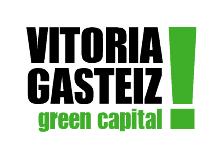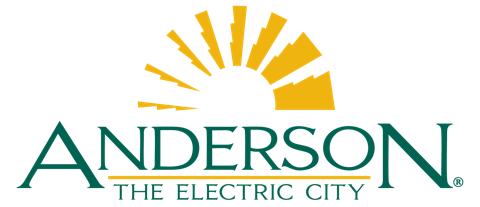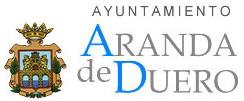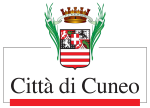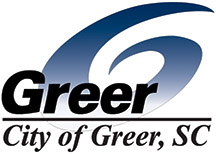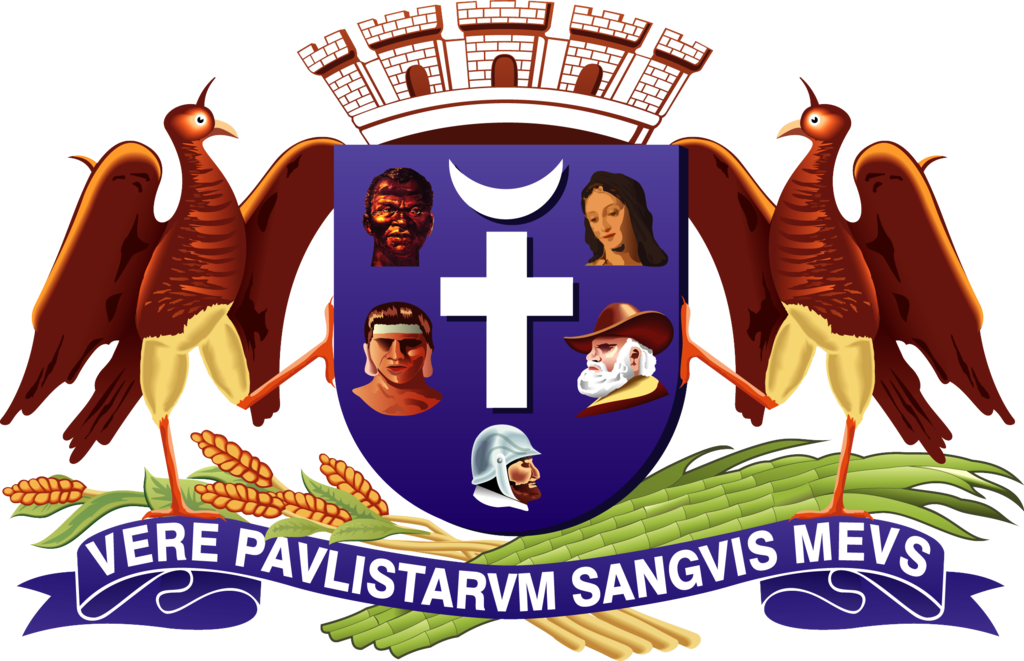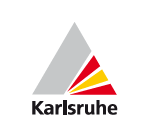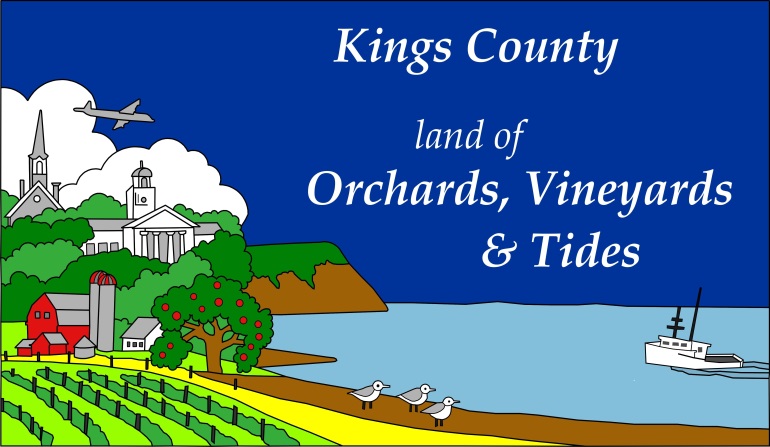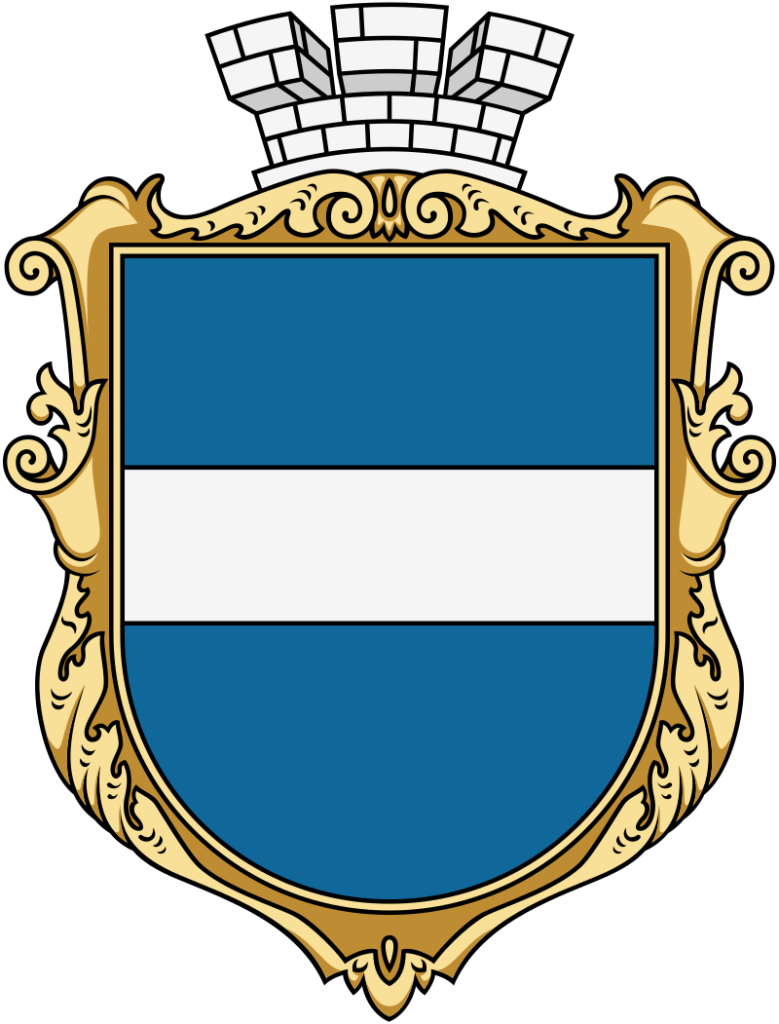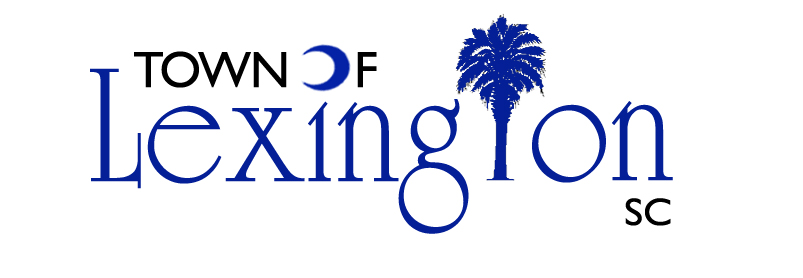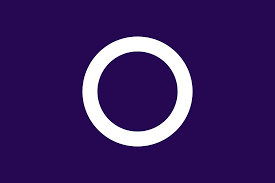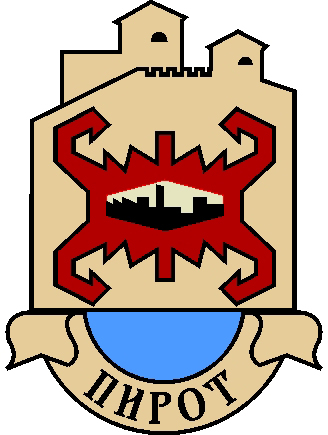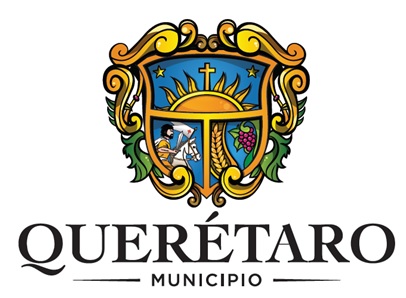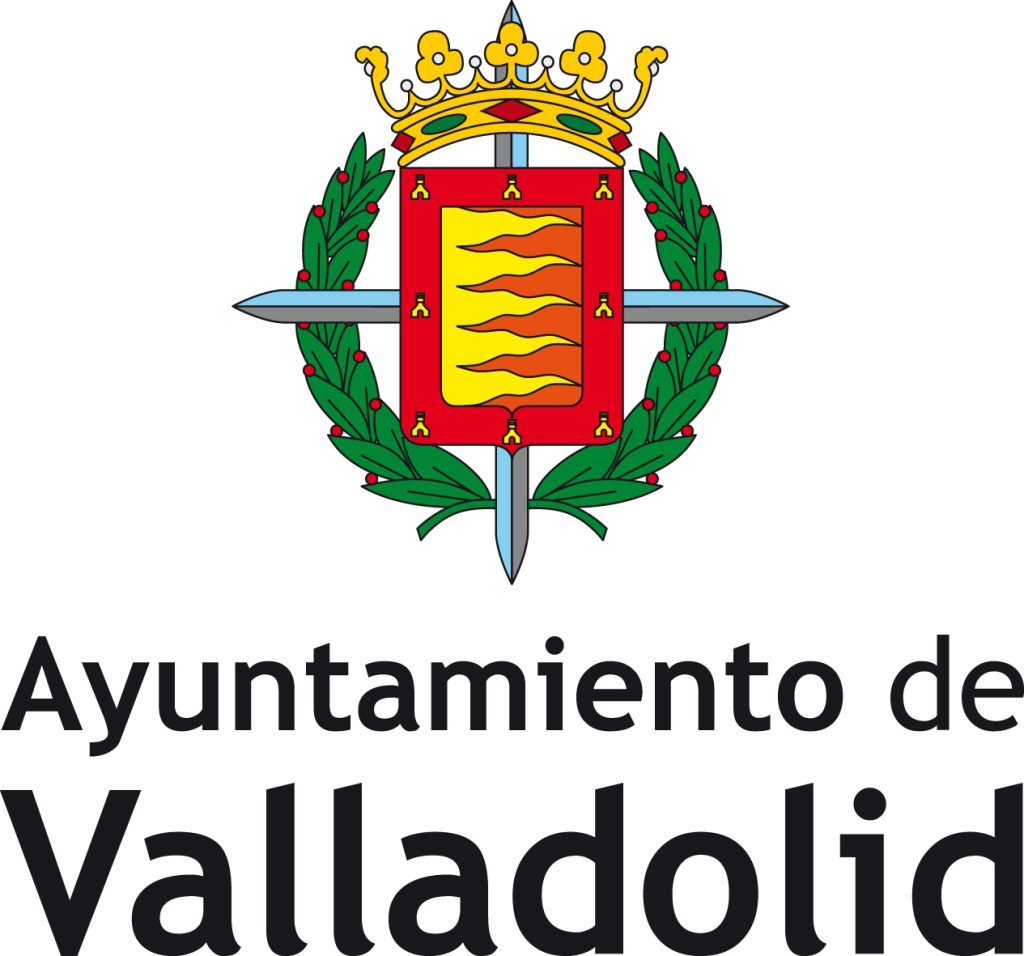Historical and geographical context
With 250,000 inhabitants, Vitoria-Gasteiz is a medium-sized, compact city which is strategically located three hours away from Madrid, two hours from Biarritz and forty minutes from Bilbao.
King Sancho VI of Navarre founded the city of Vitoria-Gasteiz in 1181 and named it "Nueva Victoria". The term "Gasteiz" refers to a hamlet which was located on the hill around which the city is built.
Vitoria-Gasteiz has always enjoyed a strategic position, been a major stopping place on important communications route, and acted like a bridge between Europe and the rest of the Iberian Peninsula. Indeed, it is located at the crossroads of the transeuropean axis Madrid-Paris with the Iberian axis Barcelona-Porto.
Moreover, Vitoria-Gasteiz is located in an area of great biological and landscape richness. Life expectancy in the city is among the highest in the EU and in the world, thanks to the high quality of life and to the economic, social and health resources.
Vitoria-Gasteiz, a rich cultural city and winner of many prizes
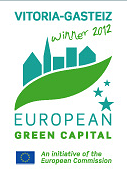
Vitoria-Gasteiz is renowned for its high quality of urban space, natural environment surroundings, for its implication of citizens, companies and institutions in every-day life. As a result, the city won prizes such as the European Green Capital award (2012).
Vitoria-Gasteiz also won the Global Green City Award in 2019.

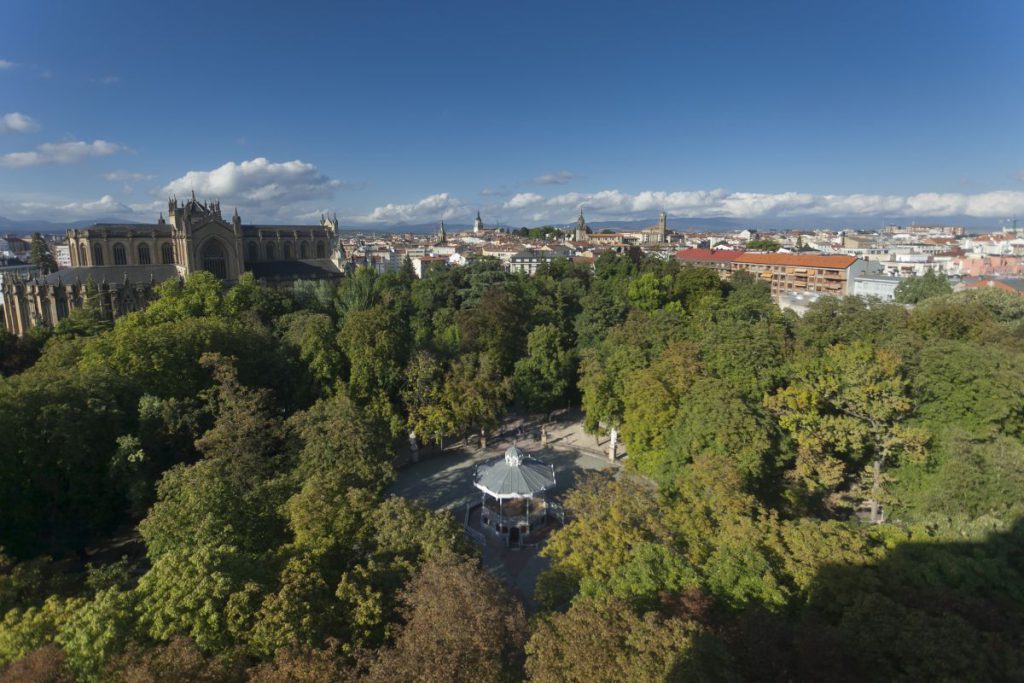
The economy in Álava has a strong industrial component. The vibrant local business community includes leader companies such as Michelin and Mercedes Benz. Michelin settled its headquarters for Spain and Portugal in Vitoria-Gasteiz.
Additionally, it is worth noting the presence of the Álava Technology Park which hosts companies in innovative sectors and of the University of the Basque Country UPV/EHU campus.
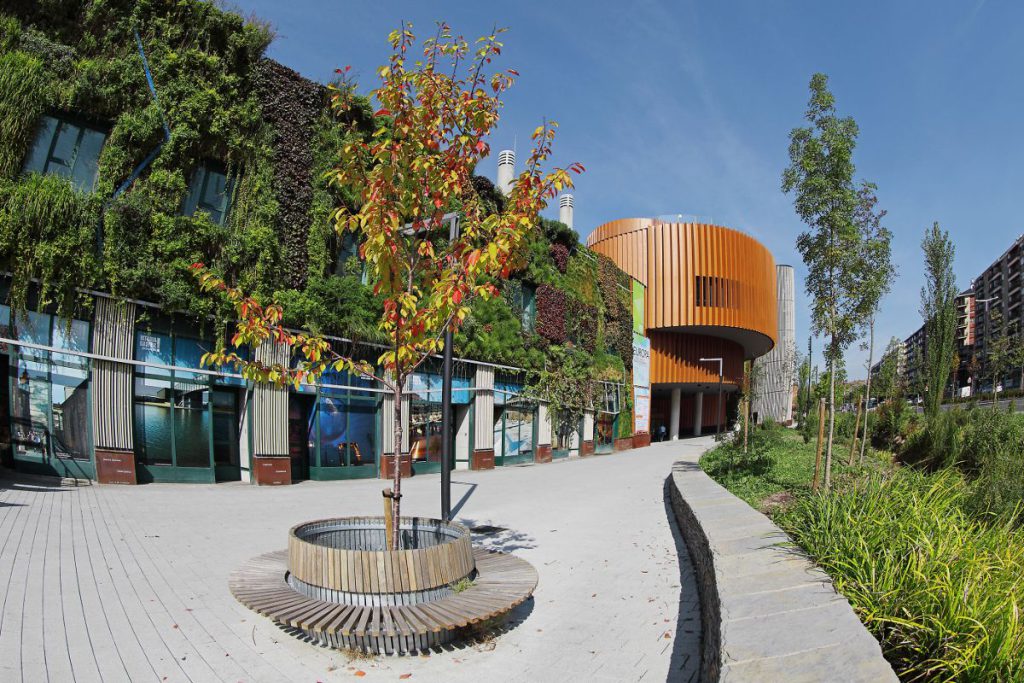
Besides, as a venue for the meetings and events sector, the Europa Congress Palace can host events for up to 5,700 people. After an eco-architectonic remodelling, the building won the LEED Gold and Passivhaus XXL certifications.
On top of that, sports are central to the identity of Vitoria-Gasteiz. On the international stage, the city was the host of a basketball Euroleague Final Four and it is part of the Ironman circuit.
The city is also home to cultural events like the International Jazz Festival, Azkena Rock Festival and the International Street Arts Festival Kaldearte.
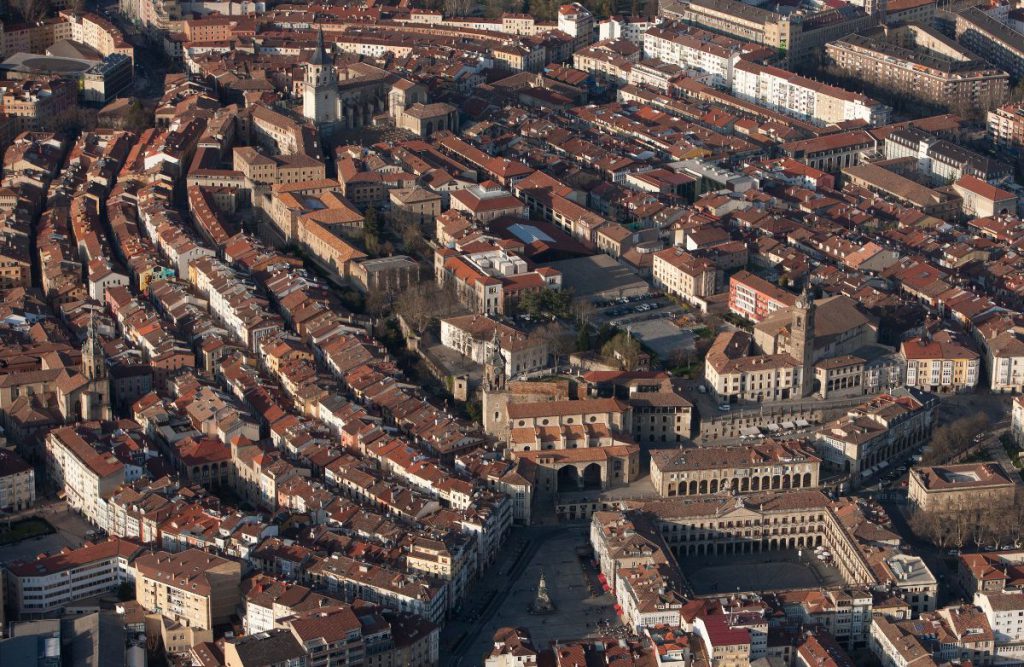
Vitoria-Gasteiz is also a benchmark for the recovery works carried out in the Medieval Quarter, which received three Europa Nostra prizes. Some of its most visited sites and buildings are the Santa María Cathedral, the ancient city wall and its Renaissance palaces.
Nevertheless, it is impossible to refer to Vitoria-Gasteiz without pointing out the importance of its gastronomy and wine culture. The city gained the designation "Spanish Capital of Gastronomy" in 2014 thanks to its pintxos (Basque miniature cuisine), its diversity of bars and restaurants, and to the quality of Rioja Alavesa and txakoli wines.
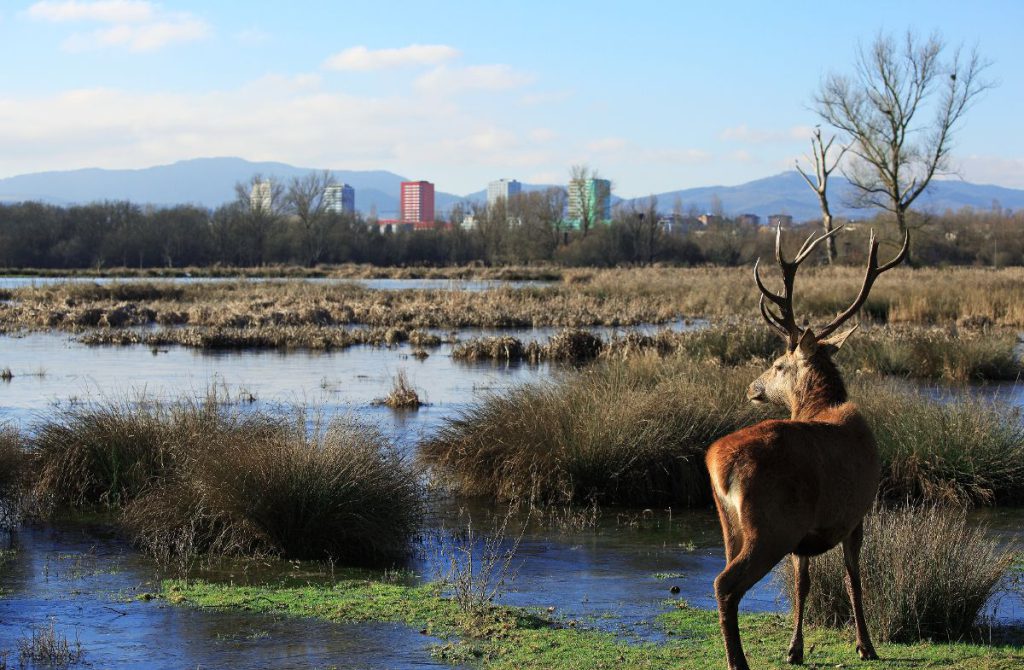
Vitoria-Gasteiz organized the 2nd Conference of the INMC in March 2019.

